ICYMI: Highlights from the week that was July 22 – July 28, 2018
No one can keep up with everything, so let us do it for you. We’ll gather the top Smithsonian stories from across the country and around the world each week so you’ll never be at a loss for conversation around the water cooler.
There was all sorts of important news about discoveries on Mars and at Jamestown this week, but we were too busy cooing over cheetah cubs to notice.

Adorable Cheetah Cubs Born at Smithsonian Facility in Virginia
WNBC-4 Washington, July 23
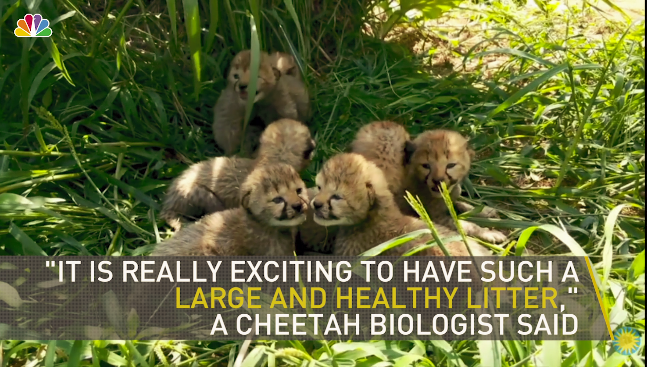
The Smithsonian now has seven new cheetah cubs.
The cubs were born July 9 at the Smithsonian Conservation Biology Institute in Front Royal, Virginia, the organization announced Monday.
This is the first litter with first-time parents, Erin and Rico, according to a statement from the institute. This litter also marks the third generation of cheetahs born at the Institute, as two grandparents of the cubs still live there.
The Institute said that zookeepers are watching the two-week-old cubs closely in their den to make sure they are developing normally. There are plans for the cubs to eventually move to other zoos and facilities. Read more from Taameen Mohammad for WNBC4.
Archaeologists have found the remains of one of Jamestown’s early settlers. Now they have to prove he is who they think he is.
The Washington Post, July 24
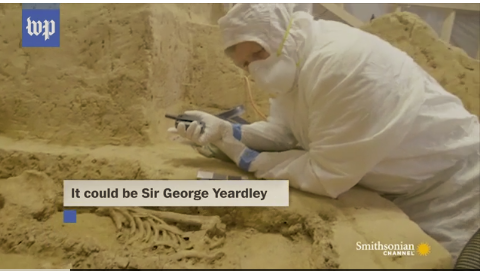
The skeleton was beautifully laid out in a formal English-style burial, hands at the sides, palms down, the body probably pinned up in a shroud.
The arms, legs, and ribs were largely intact. But the skull, which was crucial, was gone.
So when Mary Anna Hartley, picking at the dirt in the bottom of the 400-year-old grave stumbled on the next best thing, she yelled, “Teeth!” Read more from Michael E. Ruane for The Washington Post.
Smithsonian exhibit argues the American Revolution was a much wider conflict than you learned in school
The Washington Post, July 26

Louis-Nicolas van Blarenberghe’s “The Siege of Yorktown,” one of two of his paintings on view in “The American Revolution: A World War.” (Jaclyn Nash/National Museum of American History)
For many Americans, the story of the American Revolution is about a ragged band of rebels who, through a combination of luck and fighting skill, somehow managed to defeat the most powerful empire on the planet. But there’s far more to it, as a new Smithsonian exhibition shows: The American victory was made possible by France’s army and navy, Dutch weapons and Spanish gold, and it was part of a larger conflict that included battles fought in the Caribbean and Gibraltar, far from Lexington and Concord. Read more from Fritz Hahn for The Washington Post.
Lake of salty water appears buried beneath surface of Mars
Dr. James Zimbelman, a geologist with the Smithsonian Air and Space Museum, says where there’s water there could be life.
CBS Evening News, July 26
You Can Now Explore The Renwick’s ‘Burning Man’ Exhibit In Virtual Reality
DCist, July 25
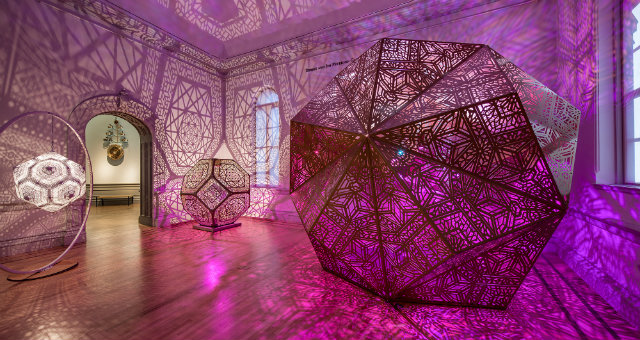
“HYBYCOZO” at the Renwick Gallery (Photo by Ron Blunt courtesy of the Renwick Gallery)
Ever since the Renwick Gallery used thousands of bugs, ethereal rainbow nets, and giant birds nests to make museums Instagrammable in 2015, the museum has specialized in artwork you just have to see. As of this week, you don’t even have to go in person to see their latest exhibit.
No Spectators: The Art of Burning Man is now available in virtual reality, the result of a partnership between the Smithsonian American Art Museum, the Renwick’s partner museum, and Intel. The exhibit is one of many virtual worlds available on Sansar, the VR experience created by Linden Labs, perhaps best known for the online game Second Life. Read more from Lori McCue for DCist.
Smithsonian Puts Spotlight On Special Olympics
Disability Scoop, July 27
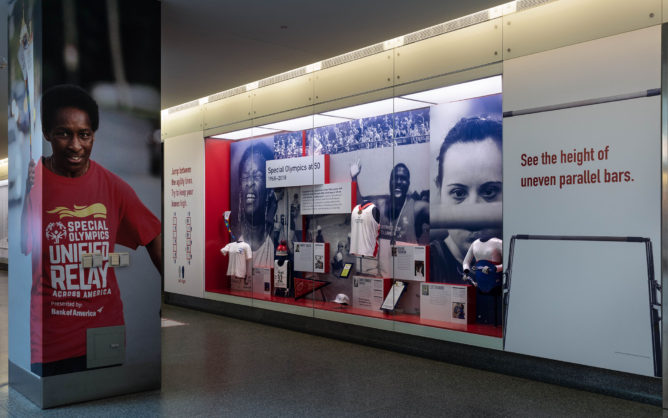
“Special Olympics at 50” is now on display at the National Museum of American History in Washington. (Jaclyn Nash/National Museum of American History, Smithsonian Institution)
With a new exhibit, the Smithsonian Institution is highlighting how athletics have helped to dramatically change the lives of people with intellectual disabilities over the last 50 years.
The display “Special Olympics at 50” was unveiled this month at the National Museum of American History in Washington just as the international sporting movement is celebrating a half-century.
“Founded at a time when people with intellectual disabilities (ID) were often institutionalized or hidden away, Special Olympics changed attitudes about the abilities and talents of children and adults with ID — giving them the chance to train their bodies, build confidence, meet new people and share skills through sports,” the Smithsonian said. Read more from Shaun Heasley for Disability Scoop.
Researchers Claim Amelia Earhart’s Reported Distress Calls Prove A Theory About Her Disappearance, Despite The Hoaxes
Bustle, July 26
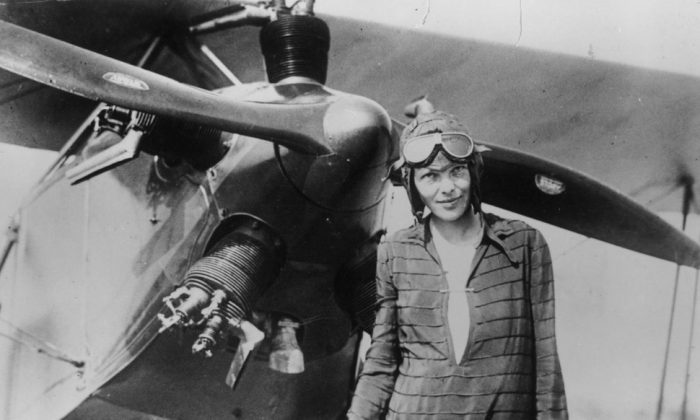
Getty Images / Getty Images News
It’s been more than 80 years since pilot Amelia Earhart and navigator Fred Noonan disappeared during Earhart’s attempt in 1937 to make a circumnavigational flight of the entire globe, and we still don’t know for sure what happened to them. But every so often, new pieces of potential evidence emerge — and this time, a report analyzing Amelia Earhart’s radio distress calls claims to paint the bigger picture of how the flight duo may have perished. The most chilling thing about the report, however, is that if its analysis is correct, dozens of people heard Earhart’s final cries for help over the airwaves. Read more from Lucia Peters for Bustle.
Smithsonian scraps plan for National Zoo parking garage
The Washington Post, July 26

A rendering of the proposed parking garage for the National Zoo. The Smithsonian decided July 24 not to go forward with the plan. (Michelle Spofford/Smithsonian National Zoological Park)
The Smithsonian Institution has canceled plans for a six-story parking garage at the National Zoo, citing the roughly $70 million cost and plans for ongoing renovations of animal habitats, the zoo said Thursday.
The decision was reached Tuesday and made public Thursday on the Federal Business Opportunities website, zoo spokeswoman Pamela Baker-Masson said.Read more from Michael Ruane and LoriAratani for The Washington Post.
Posted: 30 July 2018








